Practical 5- BZ330 CSU
1/16
Earn XP
Description and Tags
Name | Mastery | Learn | Test | Matching | Spaced |
|---|
No study sessions yet.
17 Terms
Fenestrated Palate
Having perforations, apertures, or transparent areas. Bones with holes in them.
Fusiform
Tapering at both ends; spindle shaped. Many mammals have fusiform bodies, especially for digging or swimming
Ricochetal Locomotion
Leaping locomotion (kangaroo)
Marsupium
pouch that protects eggs, offspring, or reproductive structures; especially the pouch of a female marsupial mammal
Patagium
Membrane of skin used for flying or gliding
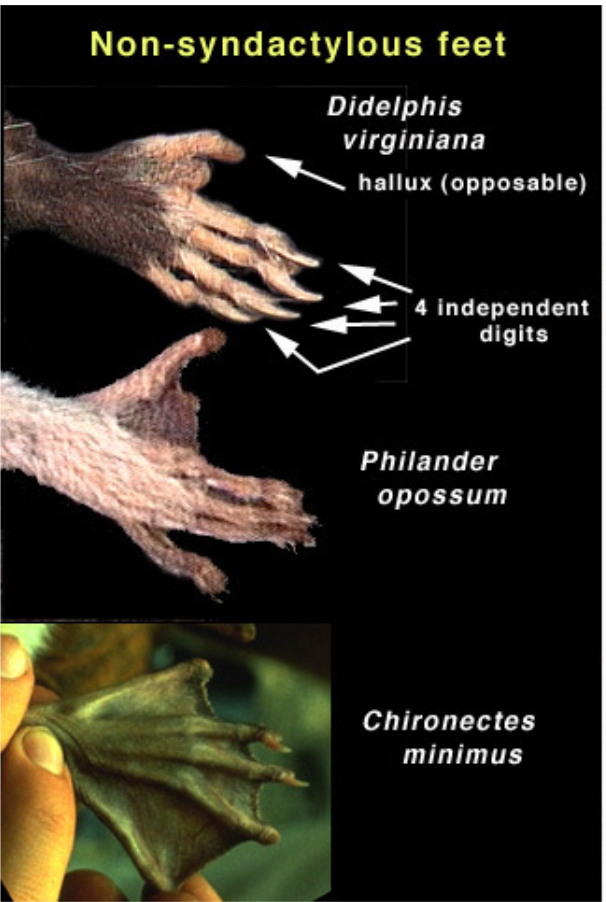
Polydactylus
Separated toes
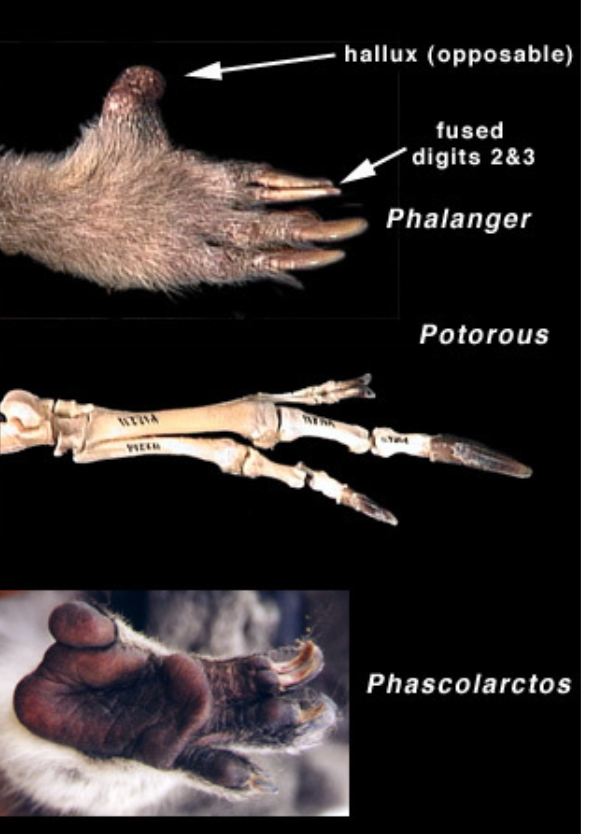
Syndactylus
Fused toes
Diprotodont
Two incisors
Polyprotodont
many incisors
Metatheria
Marsupials
Palate often fenestrated
angular process is inflected medially
Lacrimal canal is slightly anterior to the orbit
Short gestation and long lactation
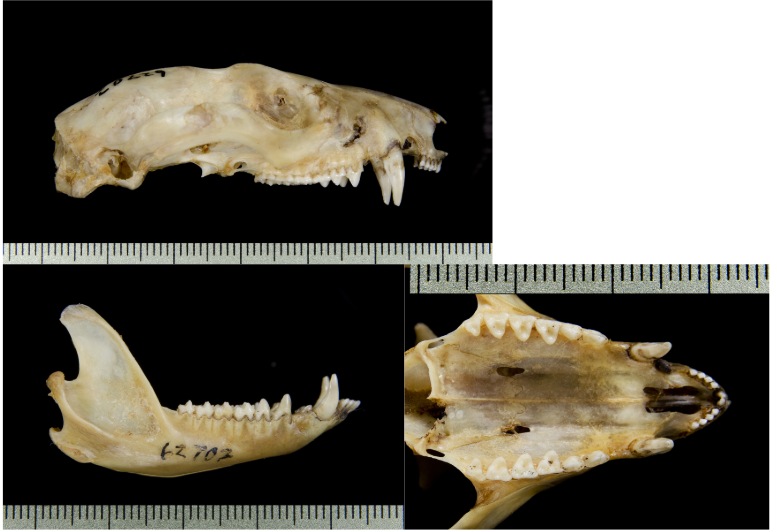
Order Didelpimorphia
Range: North to South America( Nearctic)
Common Name: American opossums and opossums
Skull: I 5/4, Polyprotodont lower incisors, large canines, well developed sagittal crest
Post cranial skeleton: 5 digits on each foot, polydactylus, prehensile tail
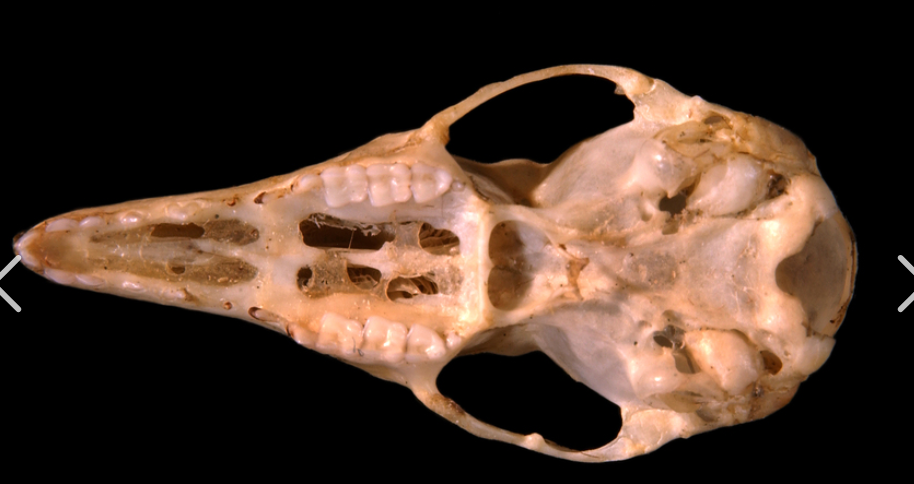
Order Paucituberculata
Range: South America (neotropical)
Common name: shrew opossums
Skull: large rounded cranium, quadrate molars, diprotodont incisors
Post cranial skeleton: polydactylus, lacks a pouch
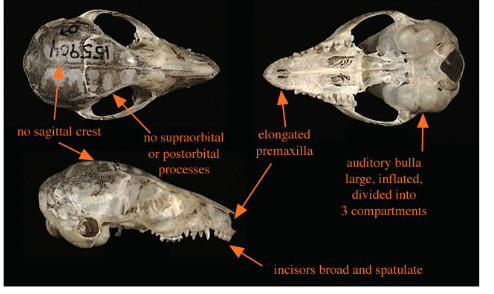
Order Microbiotheria
Range: South America (Neotropical)
Common Name: Monito del monte
Skull: no sagittal crest, short canines, elongated premaxilla, large and inflated auditory bullae, polyprotodont
Post cranial skeleton: Ankle bone articulation, polydactylus, countershaded, moderately prehensile tail, well-developed pouch
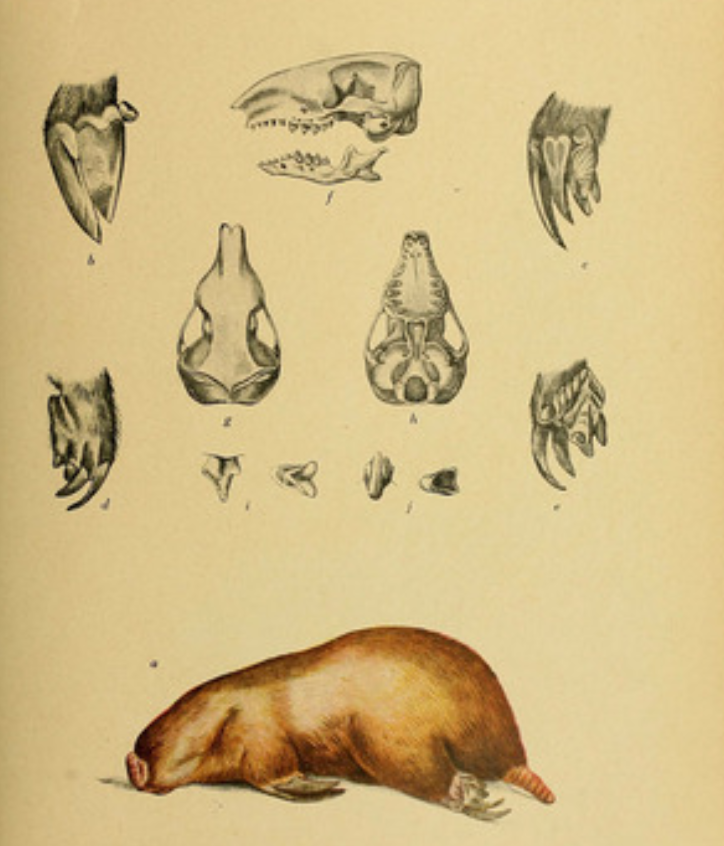
Order Notoryctemorphia
Range: Australia
Common name: marsupial moles
Skull: zalambdodont upper molors, I 4/3
Postcranial skeleton: Modified foreclaws, last 5 cervical vertebrae are fused, third and fourth digits of forefeet are greatly enlarged, polydactylus
Soft tissue: Pouch opens posteriorly, no external ears, small well-developed pouch
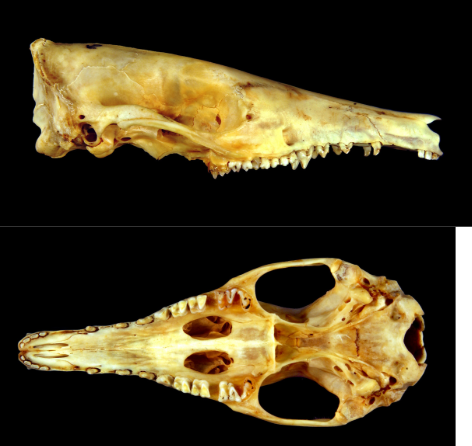
Order Peramelemorphia
Range: Australia, New Guinea, one in Tasmania (Australasia)
Common Name: Bandicoots and Bilbies
Skull: elongated skull, well developed canines, I 5/3
Post cranial skeleton: Syndactylus, short front limbs, pouch opens posteriorly
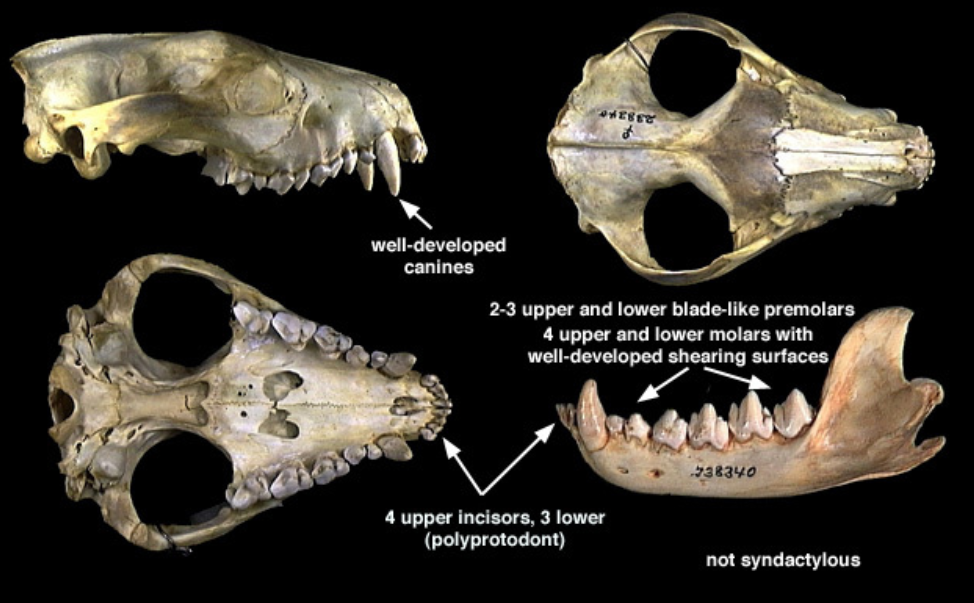
Order Dasyuromorphia
Range: Australia, New Guinea, Tasmania (Australasia)
Common Name: carnivorous marsupials
Skull: Well-developed canines, polyprotodont I 4/3
Post cranial skeleton: polydactylus
Thylacine
Extinct due to overhunting
Dingos provide competition for food
Backwards pouch (both sexes)
Hunting:
Flexible front limbs for ambushing prey
Stiff back limbs for chasing prey
Teeth are built for shearing (quadritubercular)